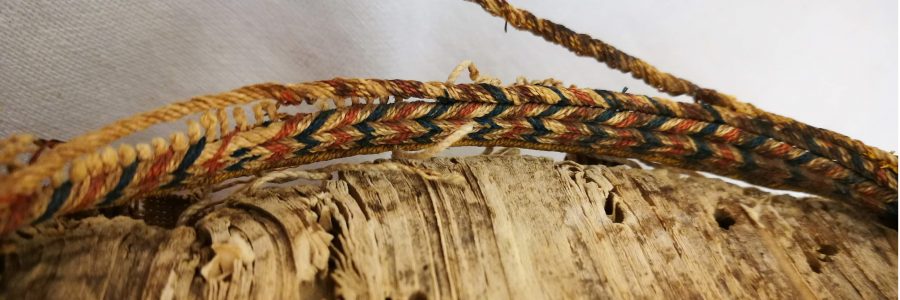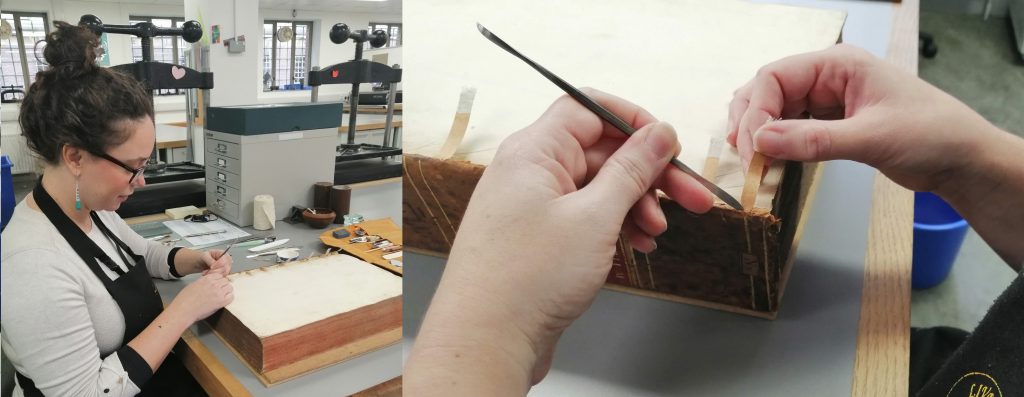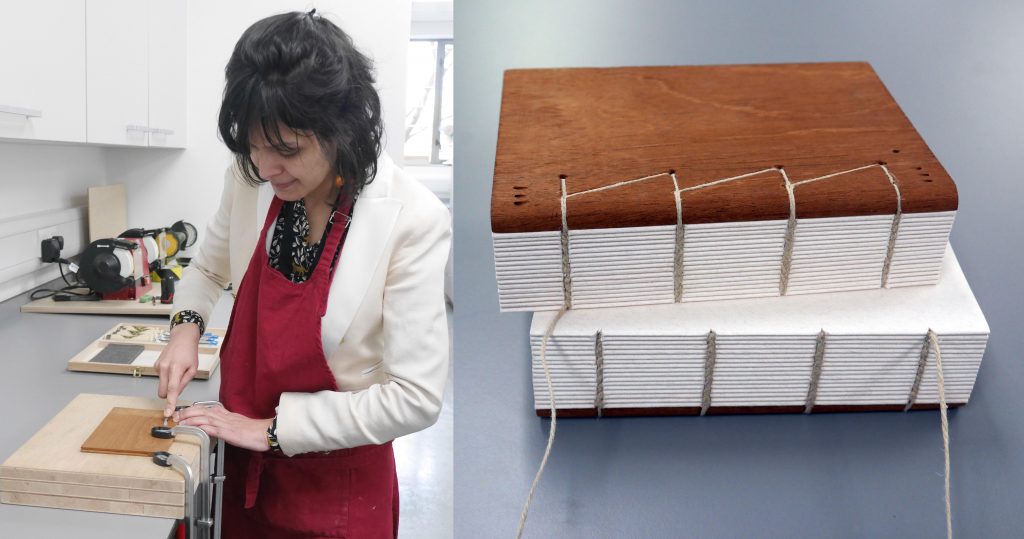
The Polonsky Foundation Greek Manuscripts Project: Introducing our new conservators
We are Marina Pelissari and Marie Renaudin, the new conservators joining the thrilling Polonsky Foundation Greek Manuscripts Project team! In 2019 we both qualified as Conservators before taking up our positions at Cambridge University Library in January 2020.
Marina studied studied history before starting work as a conservator in Brazil and then Italy. She then studied for an MA in Conservation at Camberwell College of Arts (London). She undertook placements in several British institutions during her conservation training including the Fitzwilliam Museum and the Victoria & Albert Museum.
Marie studied Archaeology before completing her studies in Conservation at Ecole de Conde Patrimoine (Paris). During her MA she undertook placements in private workshops in both Italy and France, as well as in public institutions including the National Library of Scotland (Edinburgh) and the Bibliotheque Nationale Universitaire (Strasbourg).
Currently, we are working on manuscripts which belong to Cambridge University Library. The collection includes manuscripts in both paper and parchment, some of them with Eastern Mediterranean bindings and others with modern Western bindings.

In our work we need to find the right balance of treatment options as we seek to both stabilise the manuscripts for digitisation and conserve the manuscripts for their long-term preservation. In the first weeks, we worked on manuscripts in need of minimal intervention, carrying out paper repairs and minor binding repairs to stabilise the manuscripts before digitisation. We have now moved on to more complex treatments for manuscripts that need more in-depth work.

As part of our continued professional development we are making a model of an Eastern Mediterranean binding to better understand their characteristics. We began by folding and trimming the gatherings of the text block. Then, we created recesses in the wooden boards. The next step was to sew the gatherings. Unlike Western European bindings, some Eastern Mediterranean bindings were sewn in two halves which connect in the middle. We will be completing this model in the next few weeks.

We are both very excited to be part of the Polonsky Foundation Greek Manuscripts Project and to be able to work with such interesting and precious objects!
